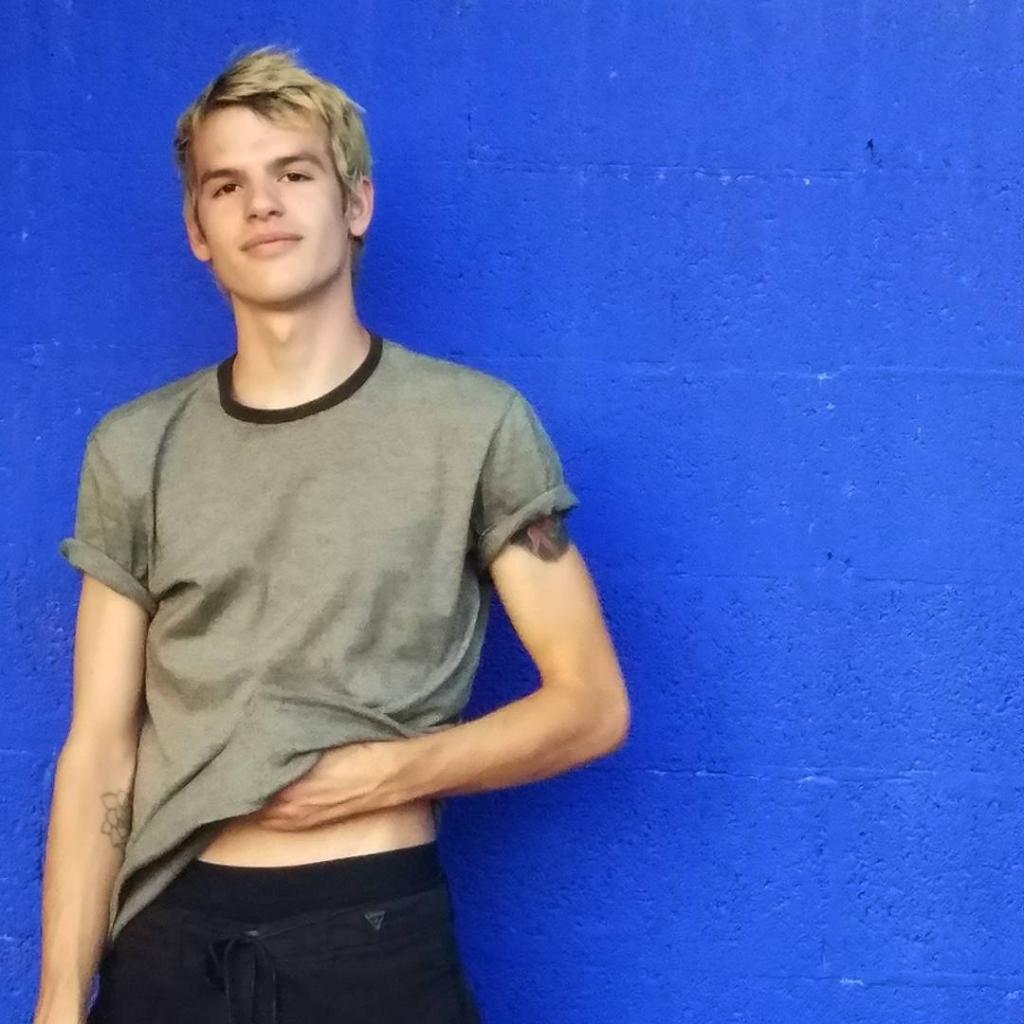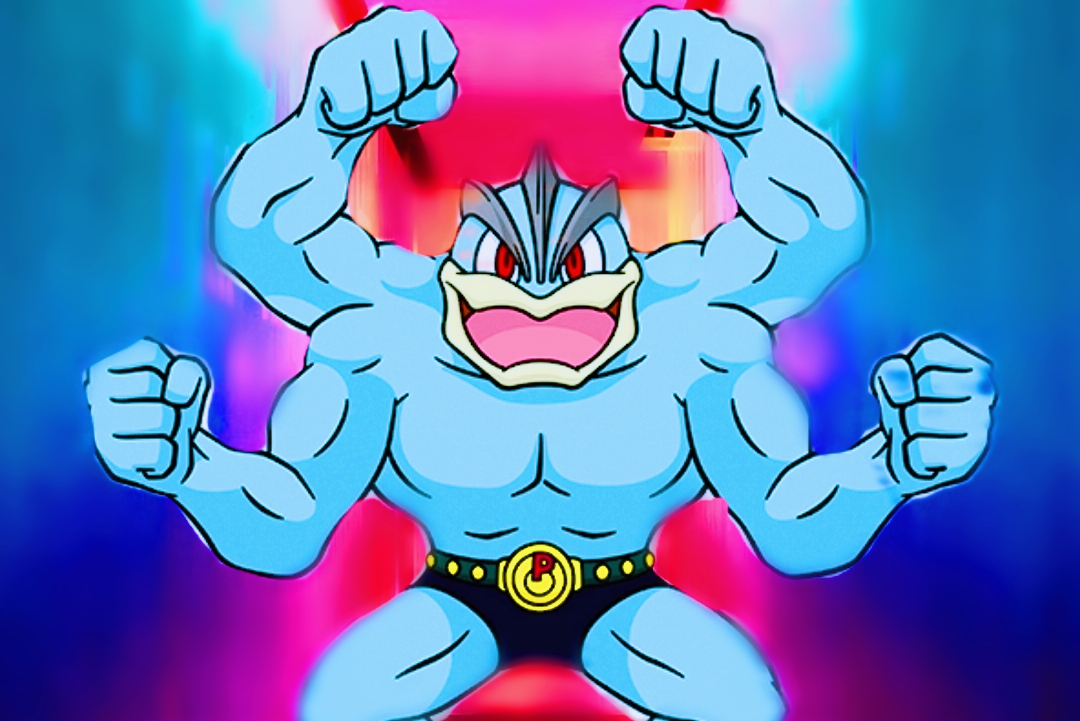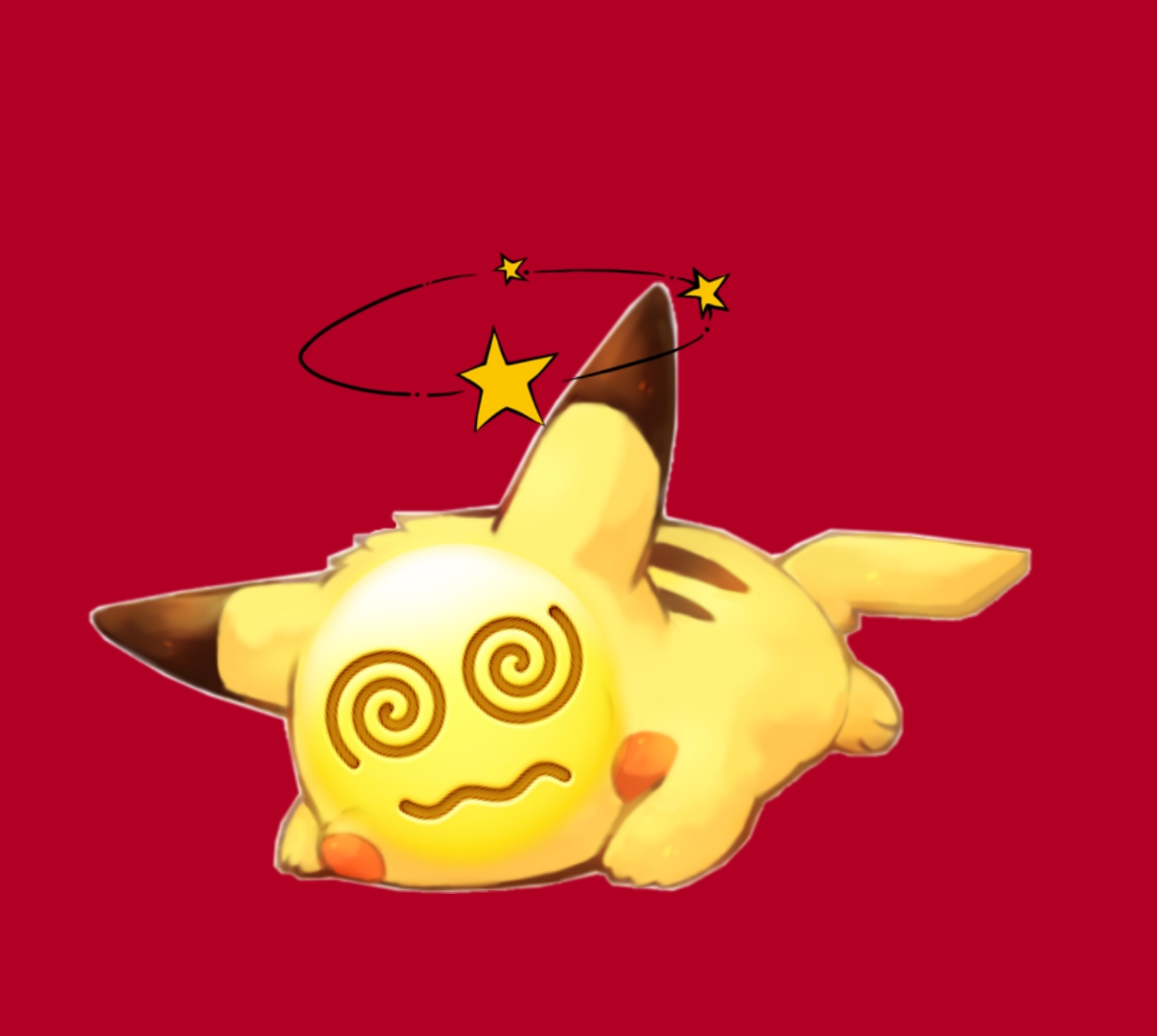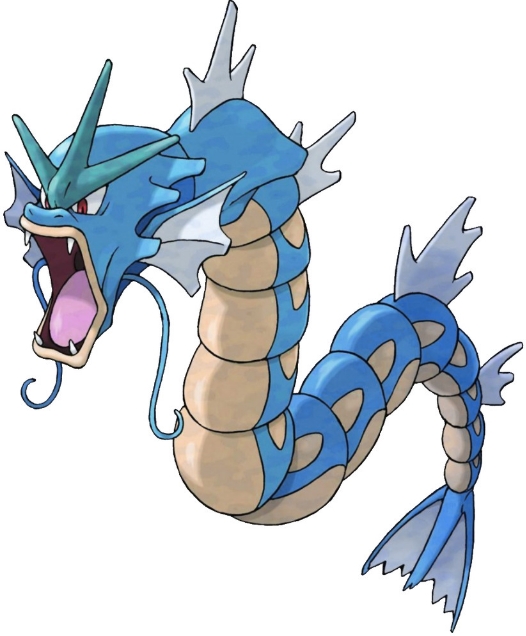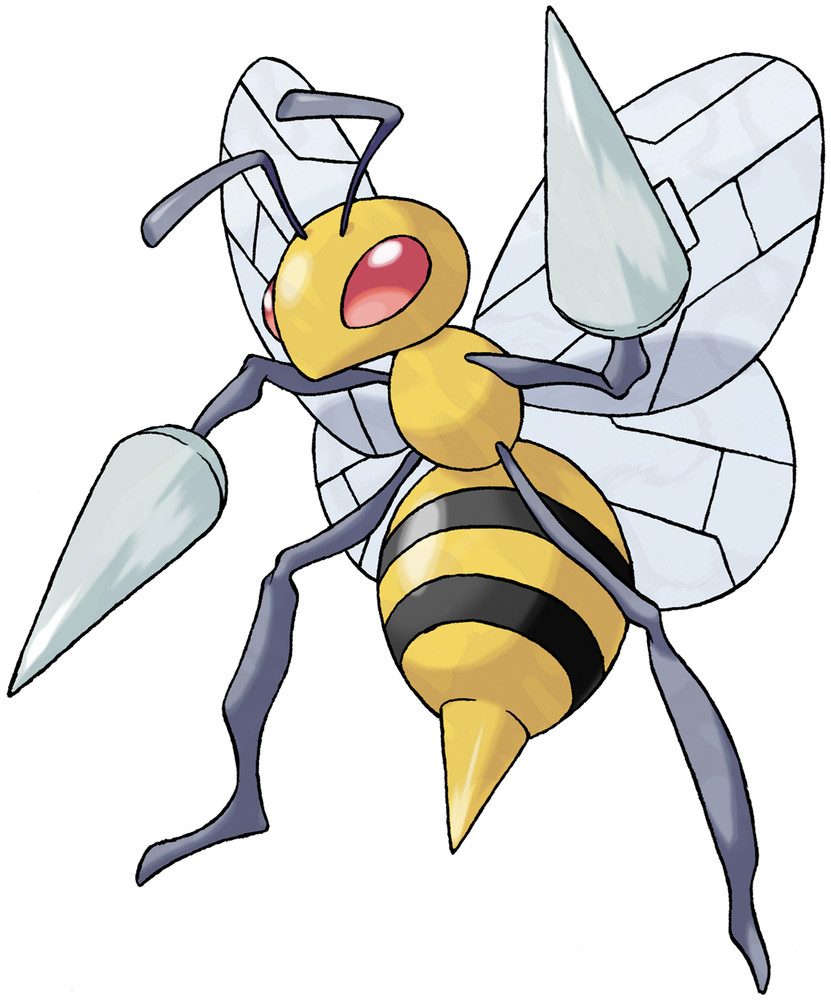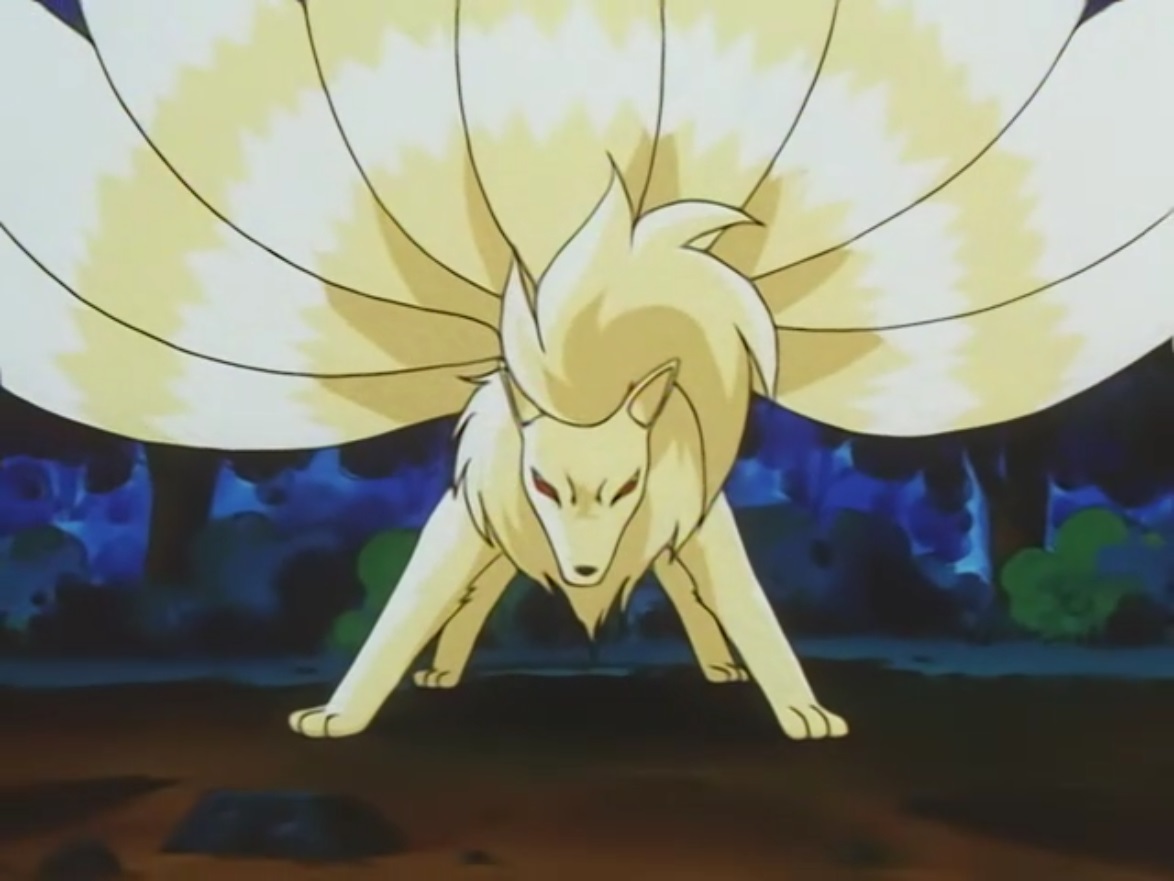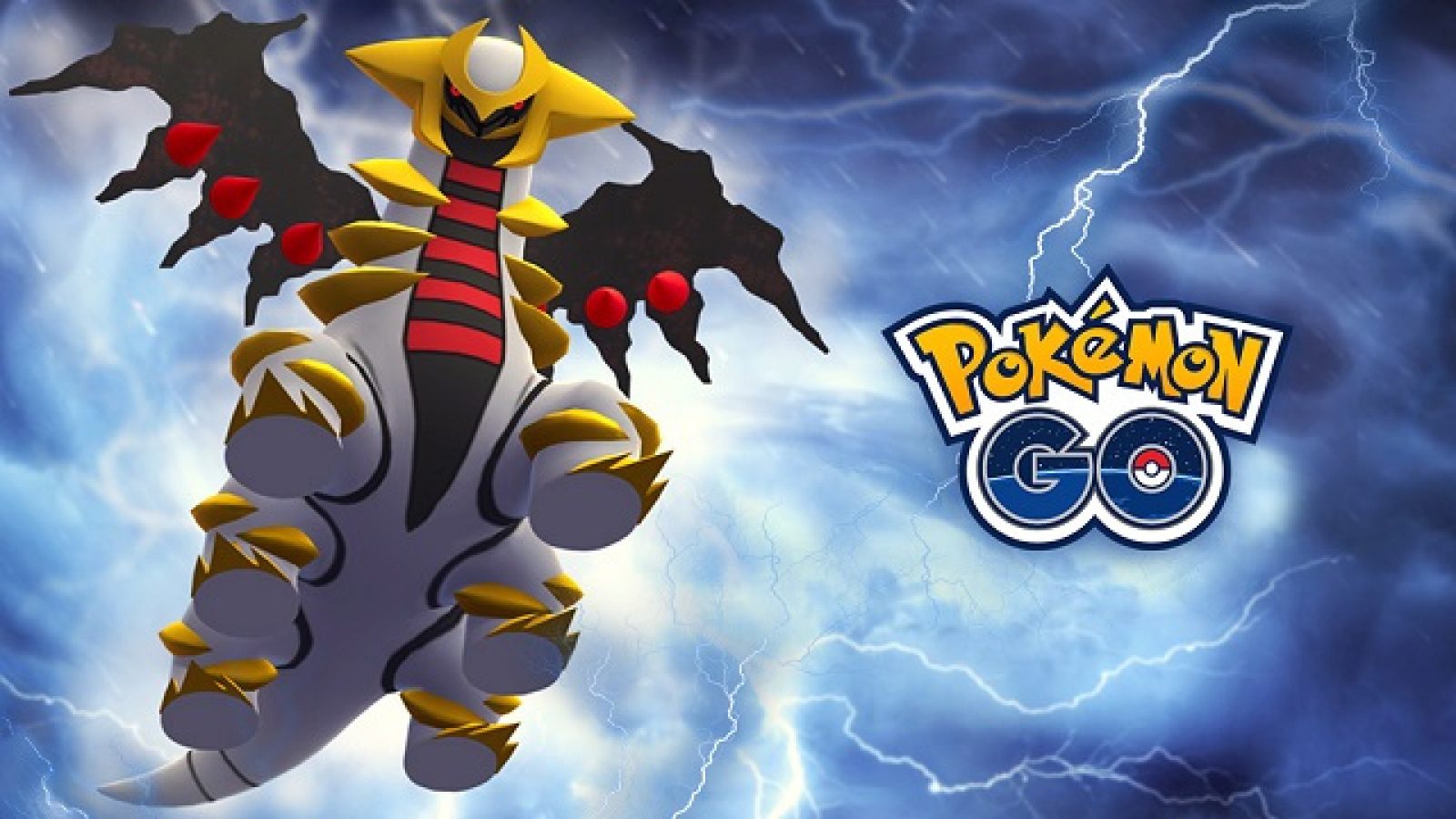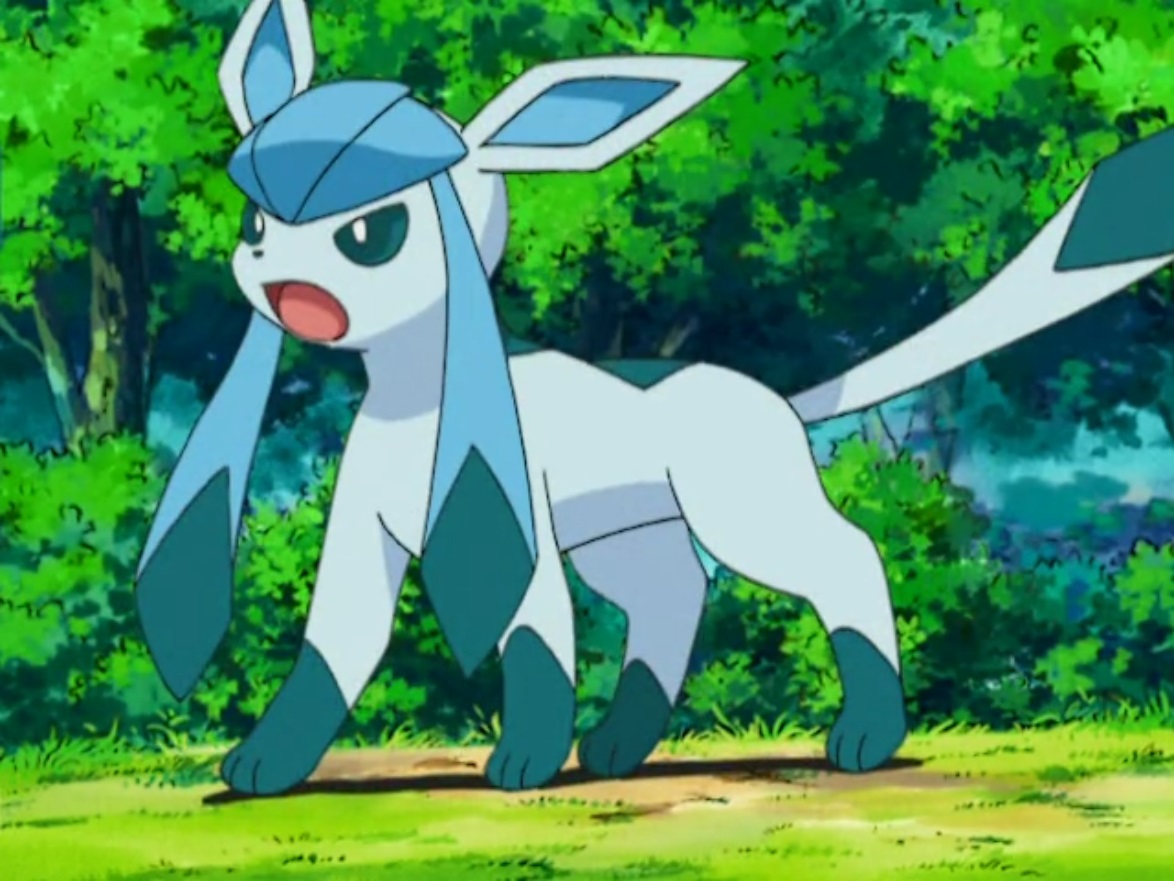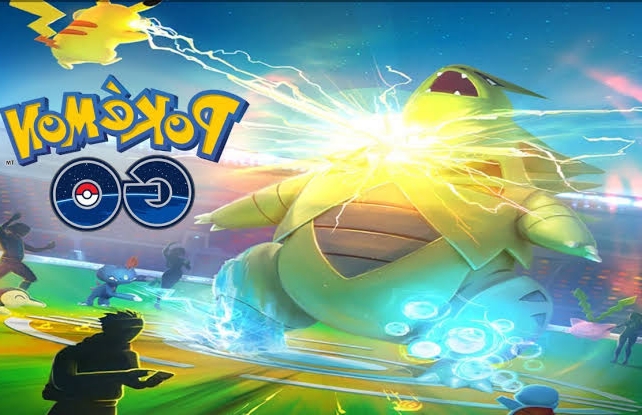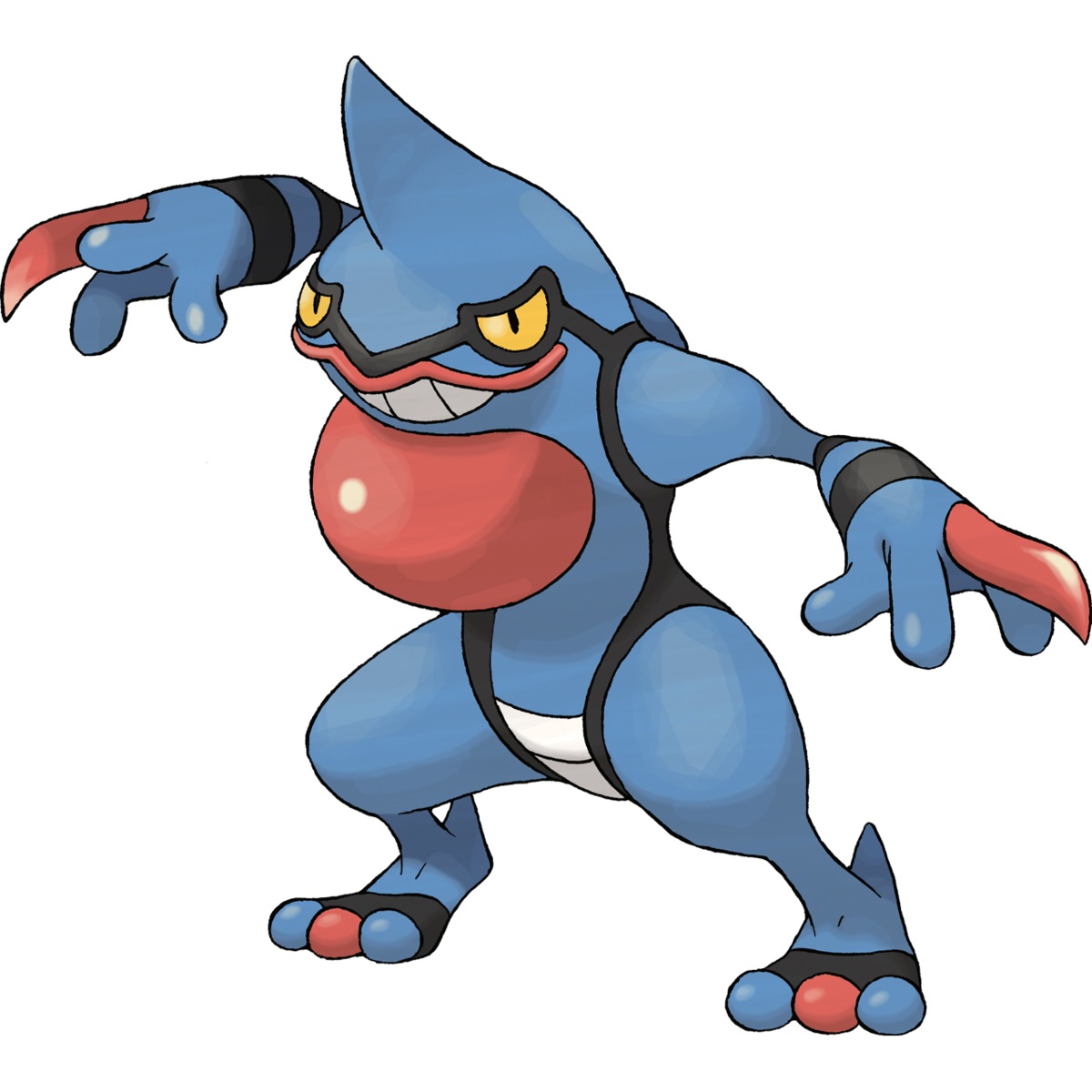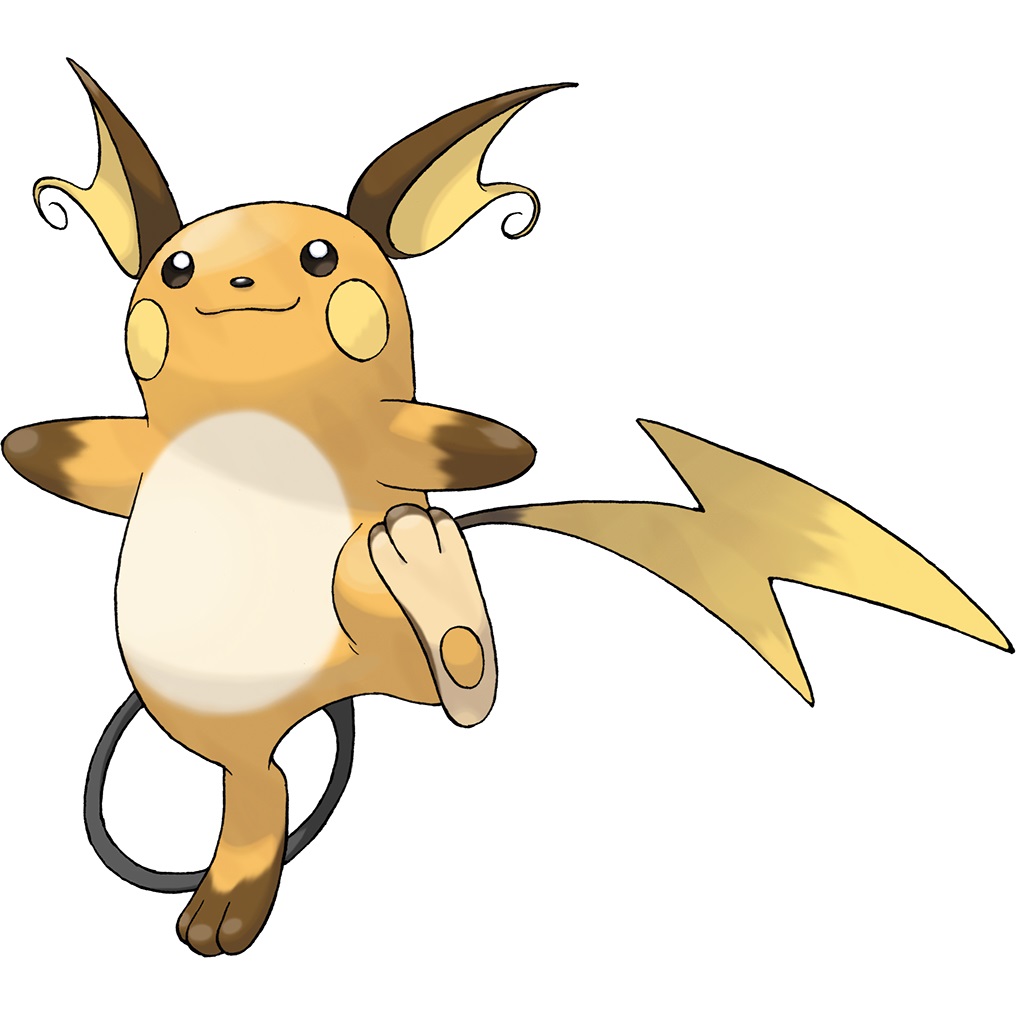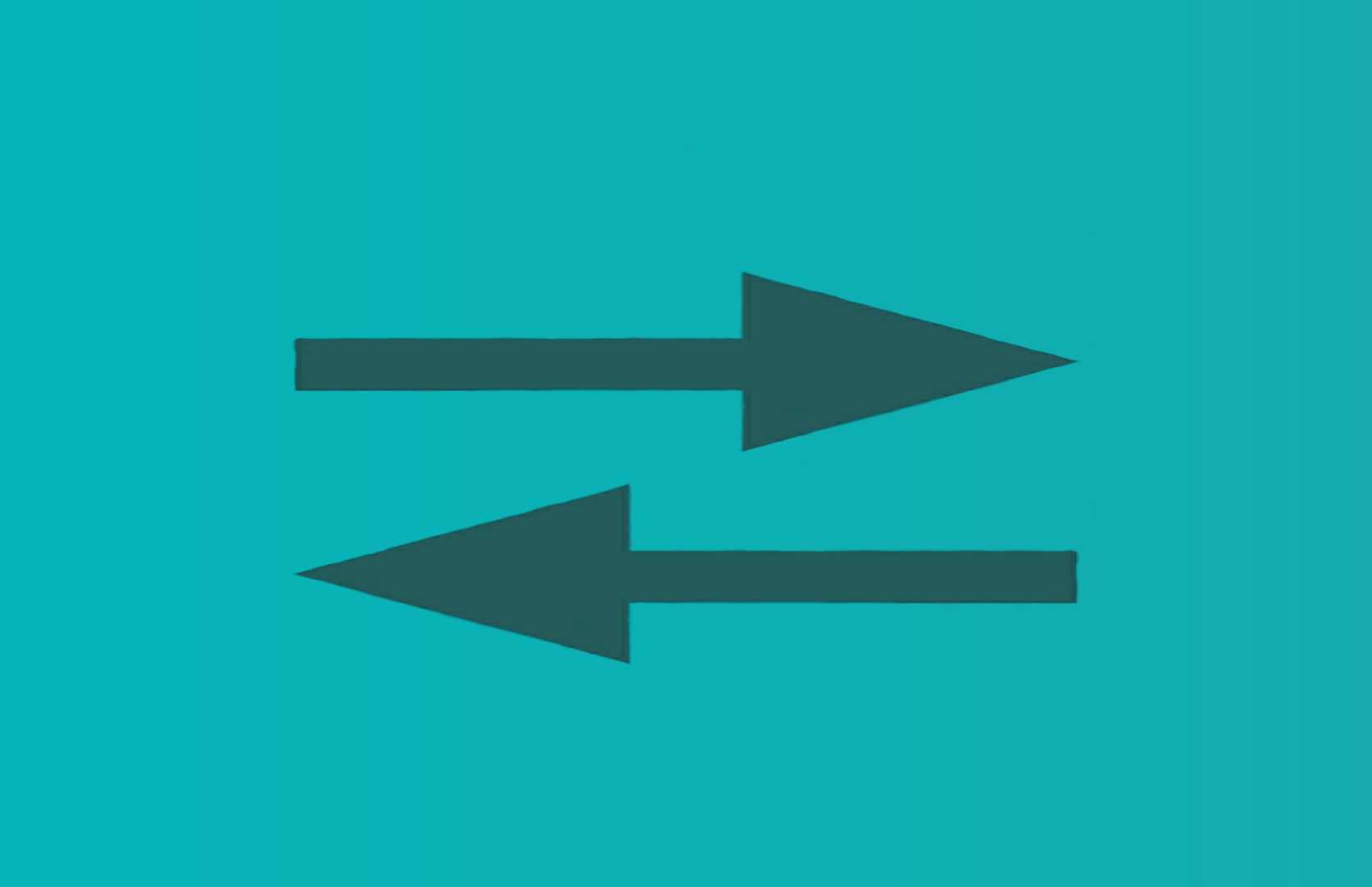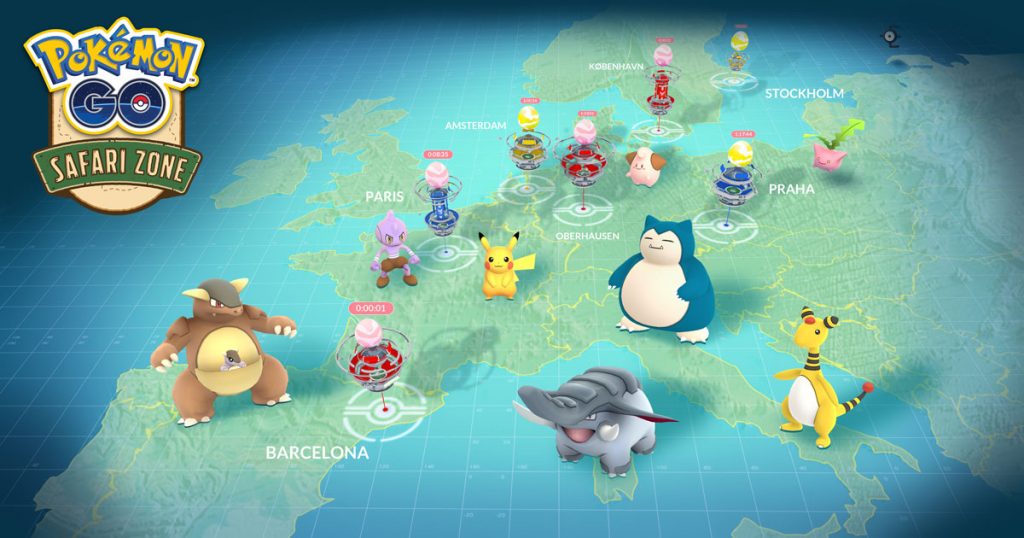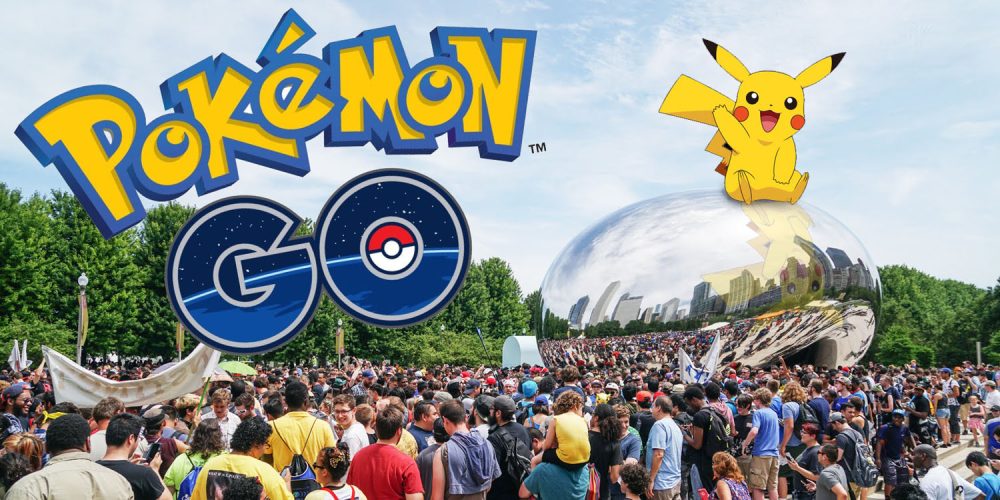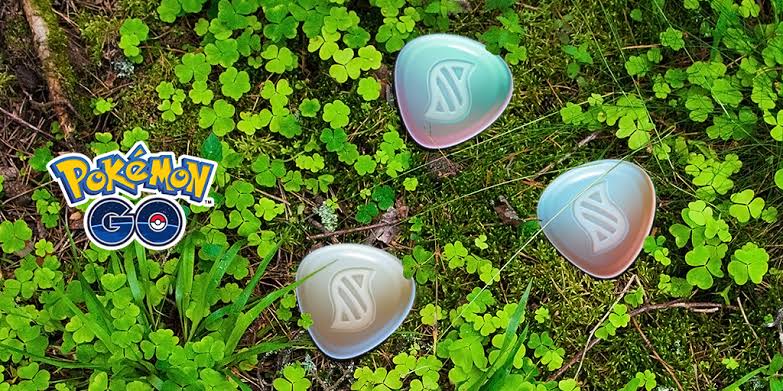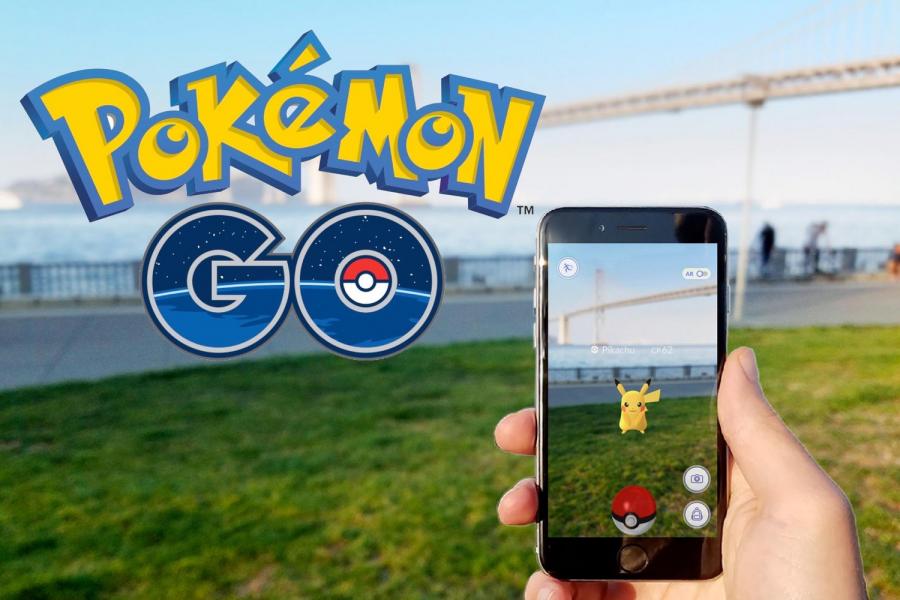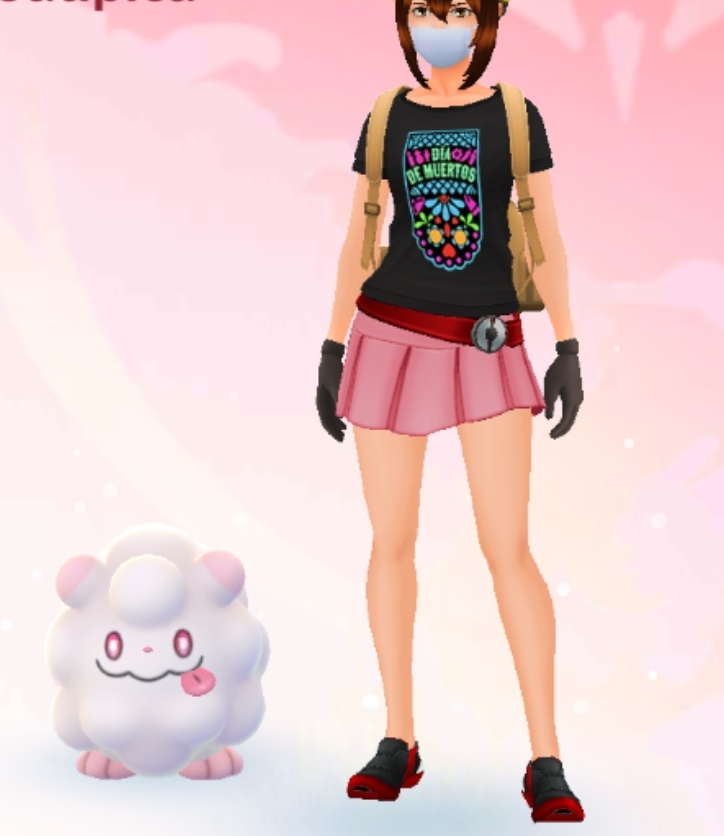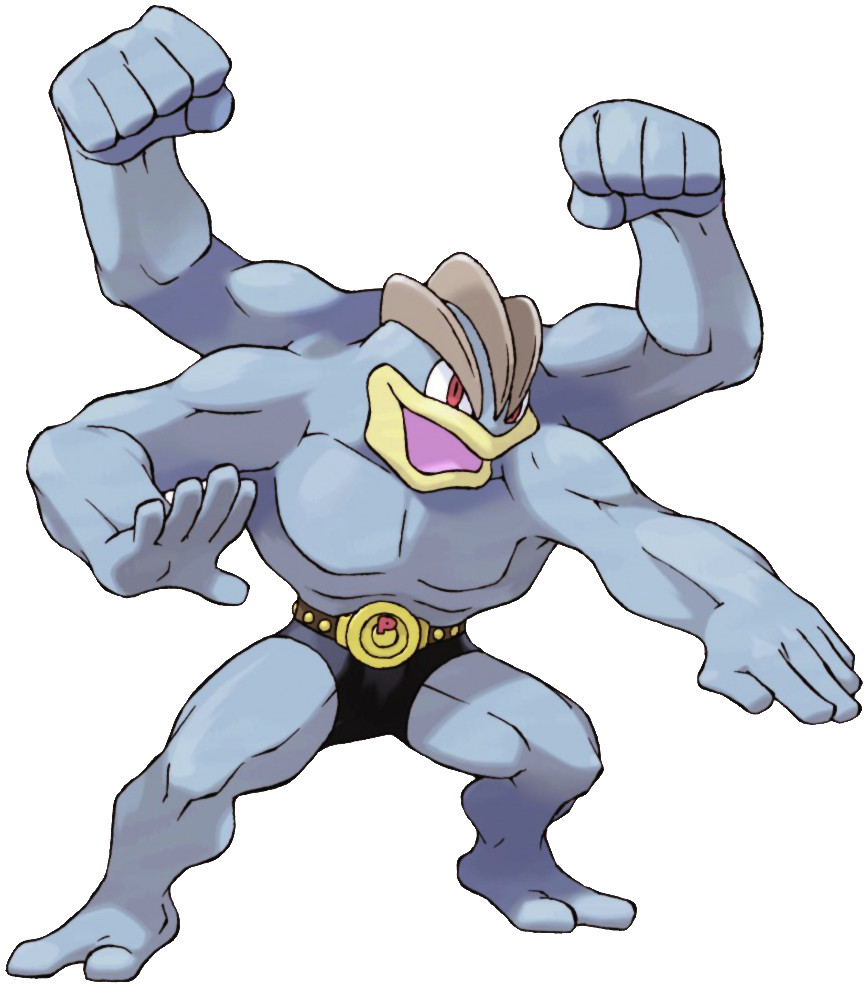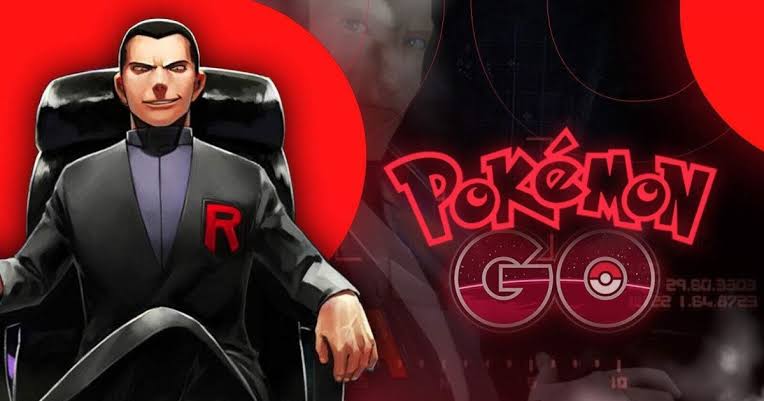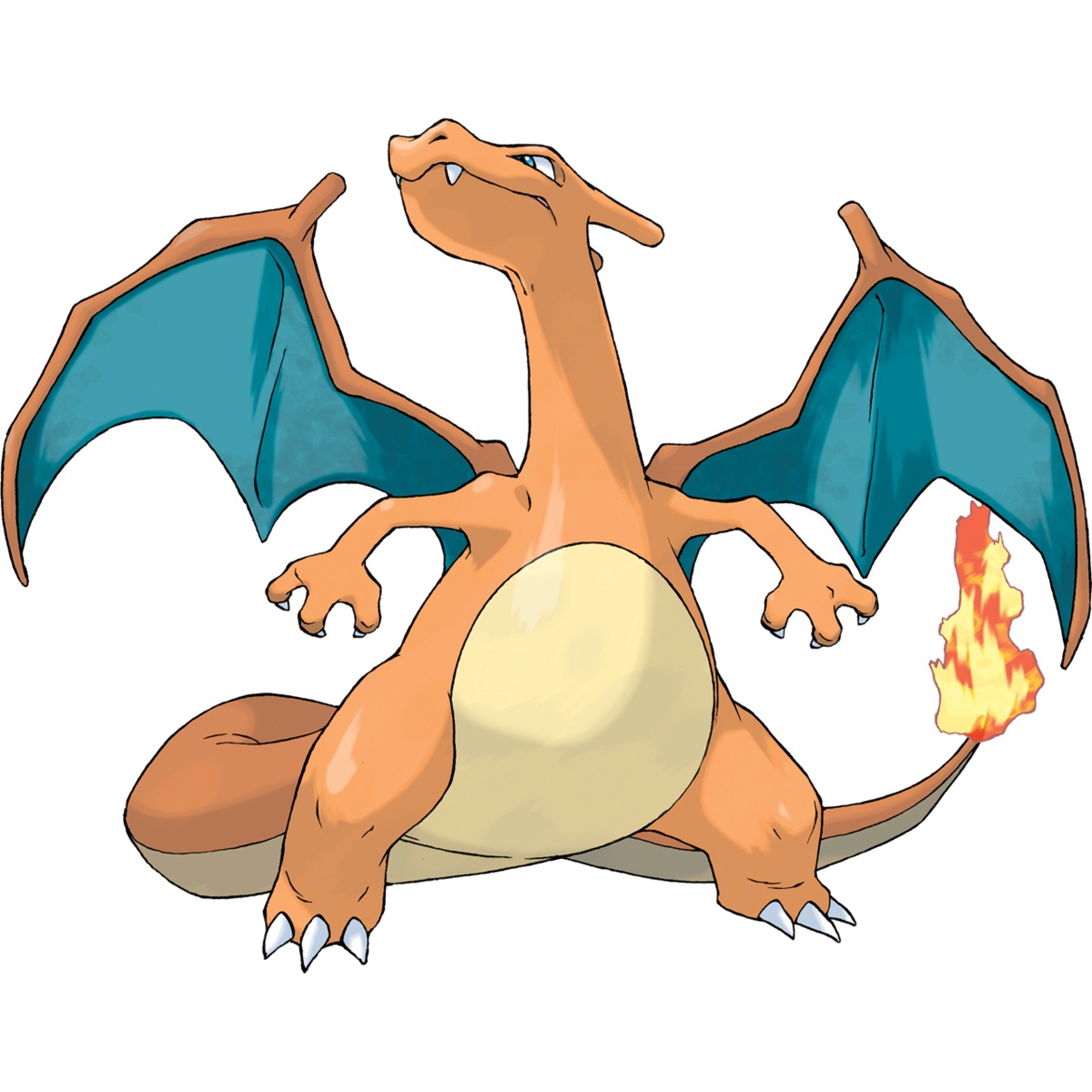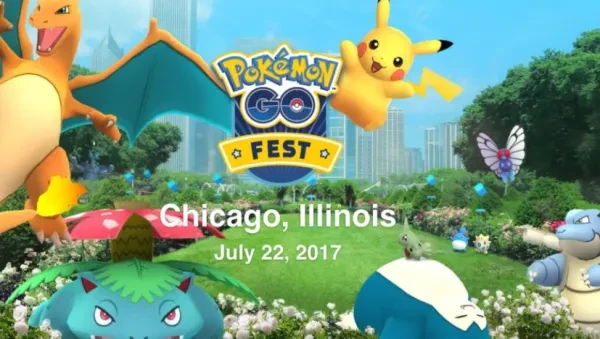
Server issues, Overloaded Cell Towers, Lack of data oh my!
The Pokemon Go fest held in Grant Park Chicago Illinois on 22 July had around 20,000 visitors. The event promised legendary pokemon, with “the hype behind it” being higher encounter rates, challenges and rewards, special pokestops and swag for the event-goers. What fans got instead was a frenzy-inducing widespread failure. Ticket refunds, in game currency and other offers were given to console the raging fans.
What happened?
The event started at 10 am, but fans of course lined up several hours early. As the festival started there were few issues and most fans were excited to continue the day, but as more and more people arrived more and more technical issues began to arise. Pokemon Go's latest loading screen has become a living nightmare for those that attended the disastrous event.
Rare pokemon began to show themselves and as the hordes of players flocked the area the pokemon would disappear and accounts would log off. An hour into the festival, chanting and booing rocked the stage harder than Niantic’s CEO John Hanke could ever hope to.
Despite his soothing words and promises to fix the game the crowd remained restless and angry. All this despite the knowledge of what had happened the previous year when the game was released and servers were constantly clogged and overused, resulting in essentially the same thing. The fest continued in a downwards slope with Niantic cancelling press reviews, trying to administer refunds and in game currency as consolation and fans cascading out the doors they so eagerly waited behind.
The story is the same no matter who you ask. In the days to follow, Niantic has come forward to say several things on the matter. From being “extremely apologetic and unhappy” to blaming network providers. CEO John Hanke came forward on Tuesday and admitted that technical issues with the software were an issue, but he also mentioned that the oversaturation of mobile data networks also had a hand in the event’s downfall.
Hanke goes on to say that Niantic provided “detailed estimates on attendance and required data per user” to allow cell phone companies to plan for adequate coverage. Sprint, one of the networks that held up during the event did so according to Hanke due to the fact that they did not write off the usage of Cellular on Wheels (COWS) like some companies did. Verizon shrugs all responsibility of any issues saying that other applications such as YouTube were working just fine.
This points to the game server as being responsible as opposed to the carrier. T-Mobile, like sprint had little to no issues, but like Sprint they had also increased network capabilities for the event.
What Role Did the Players Have?
One must also take into account the players. With 20,000 people lined up and filing in, two to three hour wait times seem like an obvious commitment, but many people were upset by this. While it’s understandable that folks would get mad about the game not working, by refusing to listen to the Niantic crew they only made it worse on themselves. People could have listened to what the company was trying to do, asked how they could help, could have all logged off for 30 minutes and logged back in group by group in order to let the servers adjust but instead they all continued to attempt to make it work by incessantly hitting the refresh button.
It’s like this: If you’ve got a conveyor belt, and there’s a blockage at one end keeping all the packages from making it to the other end of the line, the solution is not to keep stacking on more and more packages in hopes of breaking through. No. You stop the line, you remove some of the packages and then you shove those that will fit through and start stacking the others behind. Trainers at the event were digging their own virtual graves by adding more and more proverbial packages to the proverbial conveyor belt.
Despite all the issues, complaints and excuses, the legendary pokemon were released and people are still playing Pokemon Go, and Niantic still has plans to go forward with the festivals in Germany and Japan later this year.
